AN OVERVIEW OF SAP ANALYTICS CLOUD
Category: SAP Analytics Cloud Posted:Aug 28, 2020 By: Alvera Anto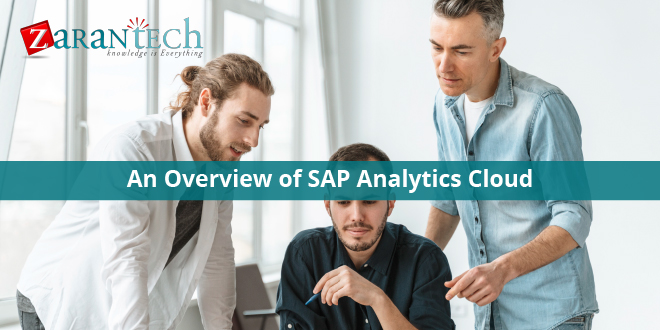
WHAT IS SAP ANALYTICS CLOUD?
SAP Analytics Cloud (SAC) is a best-in-class SaaS solution that incorporates all the analytics capabilities (Planning, Predictive, Business Intelligence, and more coming soon such as Governance Risk and Compliance- GRC) in one instinctive interface, conserving time and effort while making better decisions.
Internally code name Project Whale, SAC was formerly known as SAP Cloud for Planning, SAP Cloud for Analytics, and SAP BusinessObjects Cloud.
SAP’s objective to be the cloud business powered by HANA has been transforming the software market for some years now and SAP Analytics Cloud is not the exception as it is built on SAP HANA Cloud Platform. This service started early in 2015 with the introduction of SAP Cloud for Planning, and with its success, along with a rich road-map, it became SAP Cloud for Analytics, and currently, it has been rebranded to SAP Analytics Cloud.
SAC is gradually becoming a flagship product of SAP’s EPM collection
One of the highlights of SAP Analytics Cloud is the Digital Boardroom
HOW DOES SAP ANALYTICS CLOUD WORKS?
The primary frameworks of SAP Analytics Cloud are called models. These models contain dimensions which are hierarchical structures where organizations can handle their Accounts, Business Framework, or any other criterion their need to plan or evaluate results.
There are 2 types of models in SAP Analytics Cloud: Planning and Analytics. As their names indicate, the first type enables users to perform planning activities within those models while the second type is a “review only” structure that allows users to evaluate with the data gathered.
Models can be created manually, importing a file from your computer, getting information from a cloud app such as Google Drive or SuccessFactors, or connecting with a data source such as BPC, SAP BW, SAP ERP, SAP HANA or SAP World.
Analyzing the data is as basic as selecting the cells on the spreadsheet and asking SAP Analytics Cloud to create a graph with it. The application will analyze the data and recommend the most effective way to visualize it. Users can then modify the graph type, add or change the format, and then share it by adding it to a presentation that can be formatted to fulfill any kind of branding requirements.
On the planning side, SAP Analytics Cloud allows users to configure formulas for different accounts, manage currency conversion tables and allotments.
Numerous information situations can be handled at the same time. Customers can develop tasks and also established reminders to see to it the process is completed on schedule.
The collaboration was also offered throughout the application allowing the users to have discussions based on any element or even specific worth within a cell. Tasks can also be created based on those discussions.
SAP ANALYTICS CLOUD – BUSINESS CASE
In a typical business situation, business users need to undergo multiple applications to attain the desired outcome. This might include e-mails, messenger solutions, all the way to ERP data, business intelligence, to name a few.
Now, let’s take a look at the planning process for instance. Users could start by examining past and current data to begin with (analytic reports). Then they use multiple solutions for projecting and what-if circumstances (predictive analysis). After coming up with initial numbers, those are shown certain customers for analysis and approval (cooperation, e-mail, messenger), and then they presented or published to all the stakeholders (MS Office documents).
Throughout that process, we are taking a look at customers going from one place to another searching for information, and also relying on IT to come up with several of those records before they can be used in the list below step( s).
With SAP Analytics Cloud SAP is recommending a simple solution for that issue, the main goal is to give the business customers the right set of tools to cover that entire process in a very easy way without additional work extra benefit the IT group.
SAP Analytics Cloud provides an instinctive user interface that empowers business users to execute tasks easier and faster, with capability that looks like the tools they already use to assist in adoption.
Just envision:
- Having the ability to use spreadsheets without facing regular problems such as numerous duplicates or performance issues because it’s all working on top of the SAP HANA Cloud Platform.
- Just selecting a variety of cells and the application suggests the most effective visualization for that data, with several graphic options available.
- Sharingspegioifc files, reports or perhaps cells of data with other users to discuss and create an action plan based on that discussion.buy spiriva inhaler online https://dschnur.com/wp-content/uploads/2022/08/png/spiriva-inhaler.html no prescription pharmacy
- Taking care of a schedule of events that will help simplify the entire procedure.
- Posting presentations with the final information.
All this is possible within SAP Analytics Cloud and companies can rise and running quickly, thanks to a SaaS execution.
SAP’s primary emphasis has been in eliminating complexity and offering an all-in-one application.
SAP ANALYTICS CLOUD – LICENSES
SAP Analytics Cloud is offered in 2 modes, Private and Public editions. Both Editions are hosted with the difference that the Private hosts only one customer while the public deals multi-tenancy. From the end user’s viewpoint, this will be transparent, however, the license cost is greater for SAP Analytics Cloud – Private Edition
After choosing the Edition, a different type of users would need different licenses. These are some of the fundamental options now:
SAP Analytics Cloud, Planning
- Professional User: they can do every little thing in the application, consisting of Planning and BI functionalities.
- Standard User: they can see and create standard reports and use the collaboration piece on top of any existing model, yet they can’t use data View functionality (data discovery).buy wellbutrin online https://dschnur.com/wp-content/uploads/2022/08/png/wellbutrin.html no prescription pharmacy
SAP Analytics Cloud, BI: they can develop any kind of report, consisting of the Data Views, but they can not use the Planning Models.
Closing Notes
This ends the blog here. I hope I’ve covered all the key information about SAC. If you’ve any questions, feedback, feel free to drop a comment below. Now if you’re looking for more such engaging and interactive blog articles, feel free to visit our website.
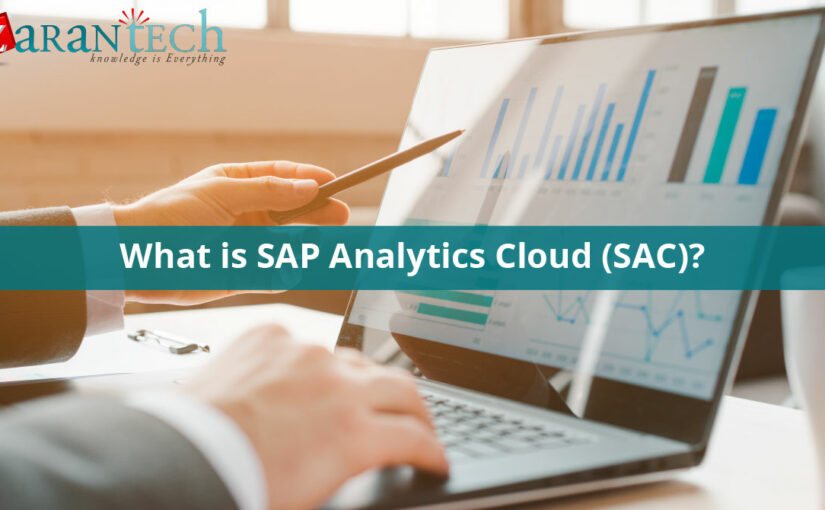
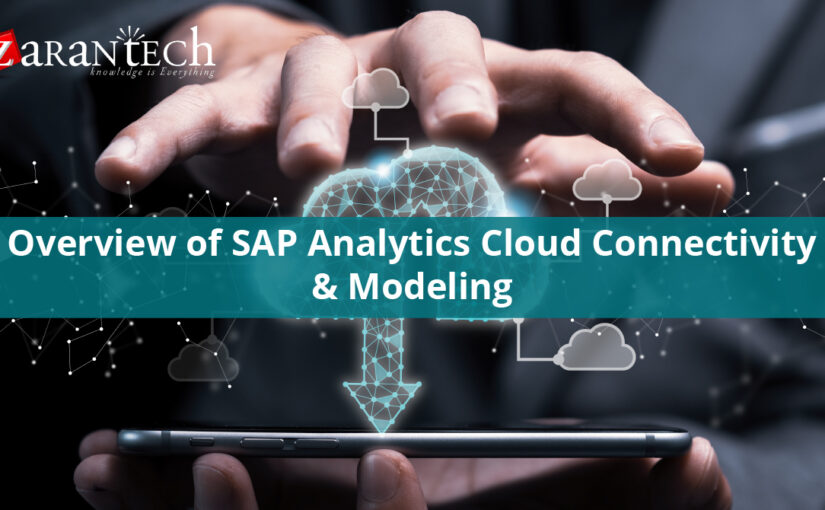
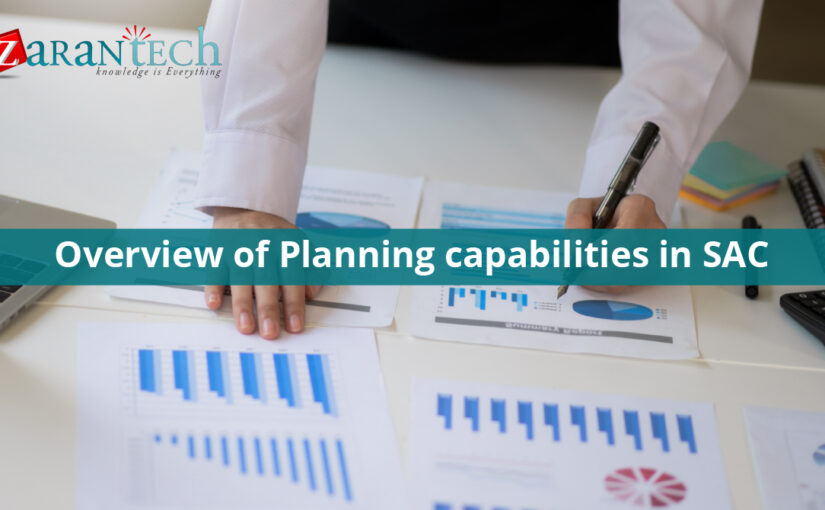
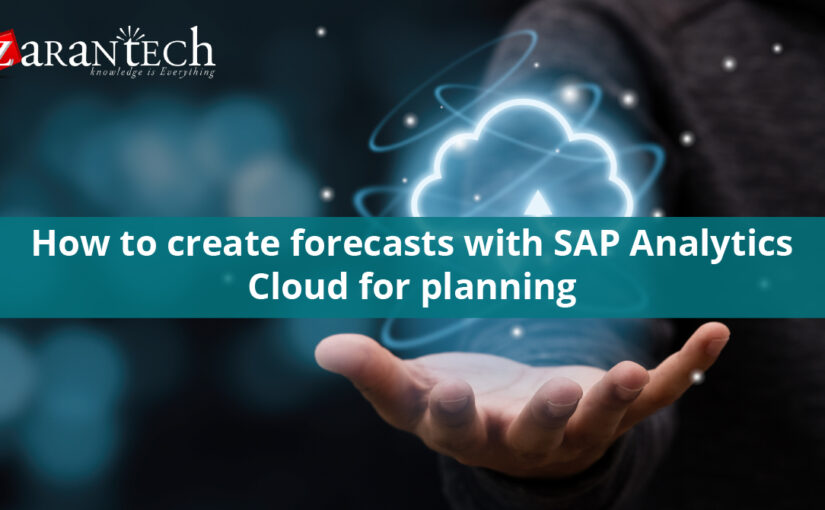
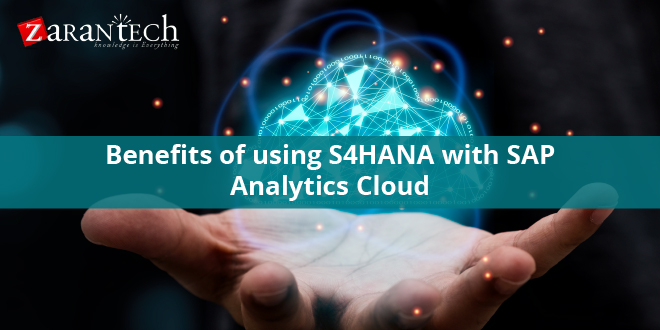
 99999999 (Toll Free)
99999999 (Toll Free)  +91 9999999
+91 9999999